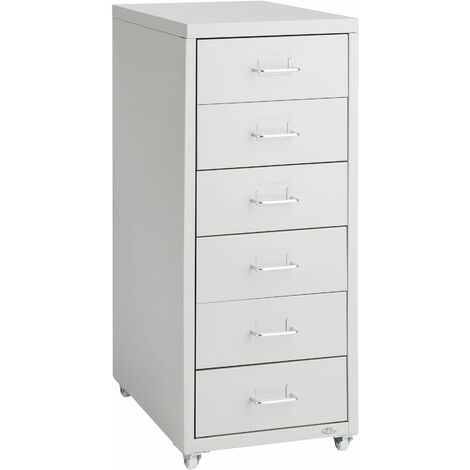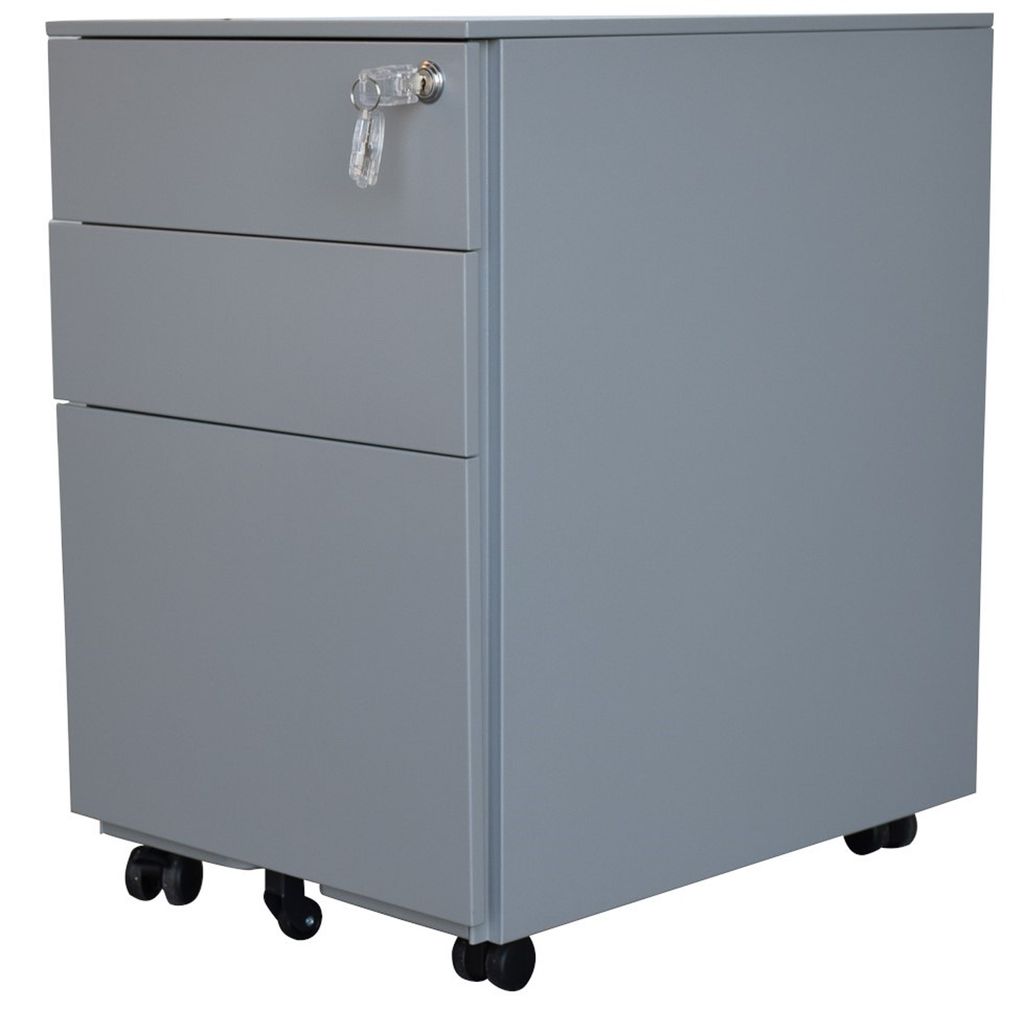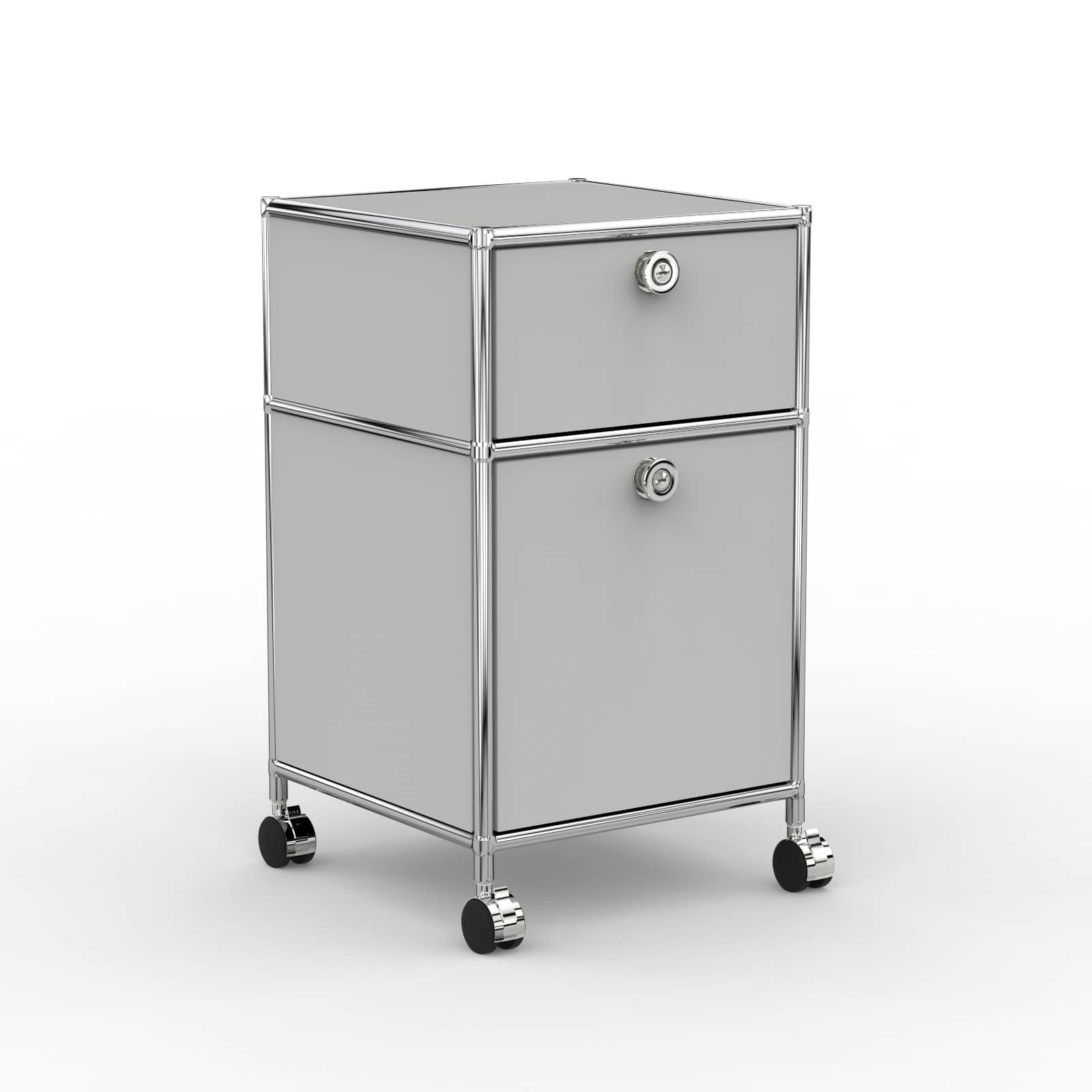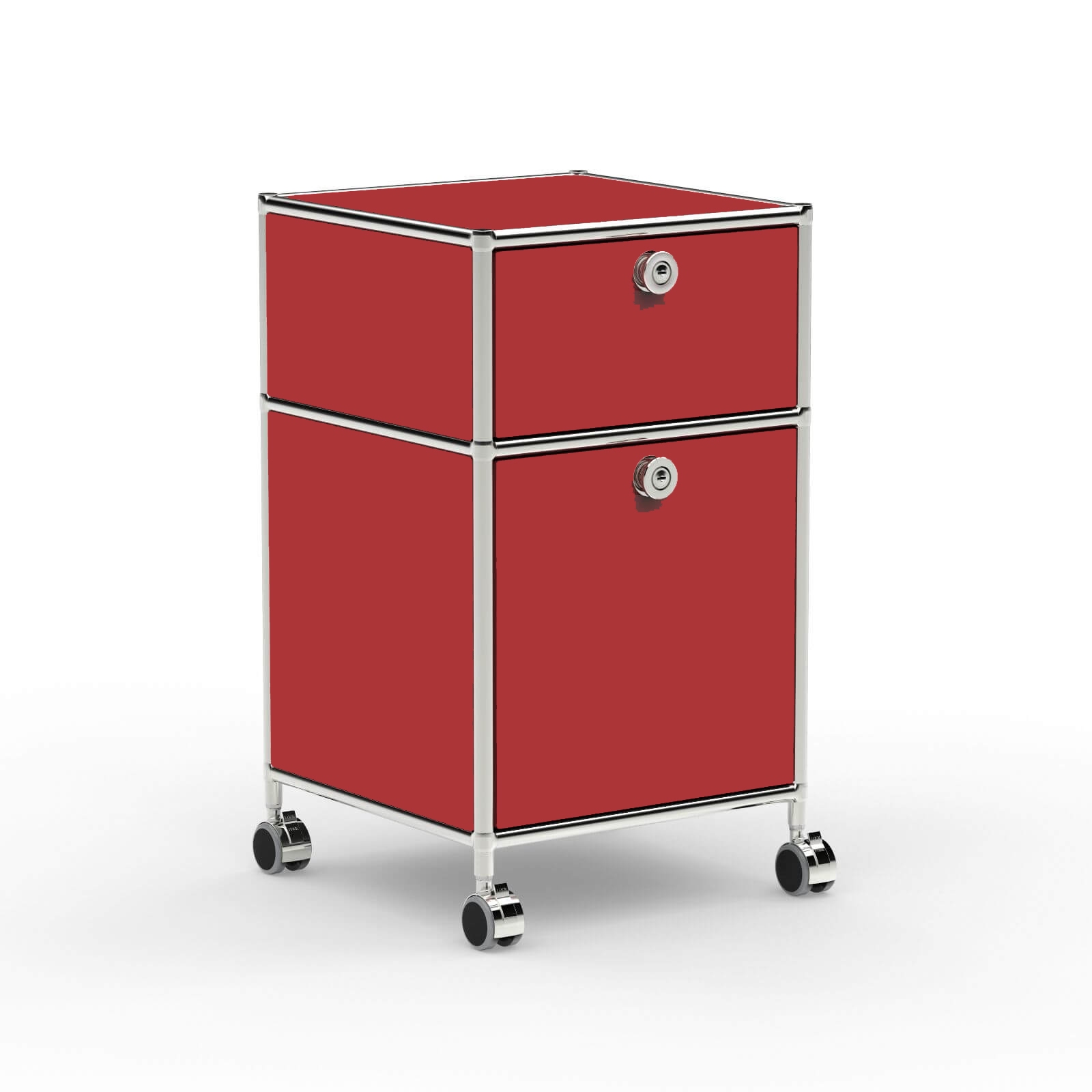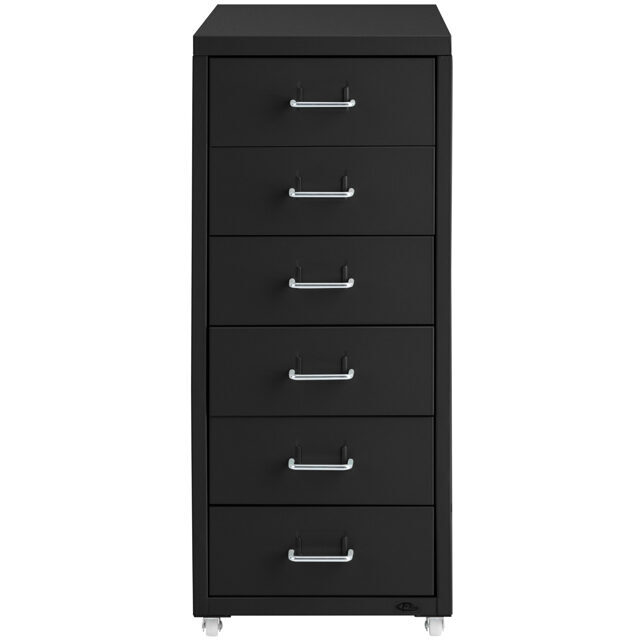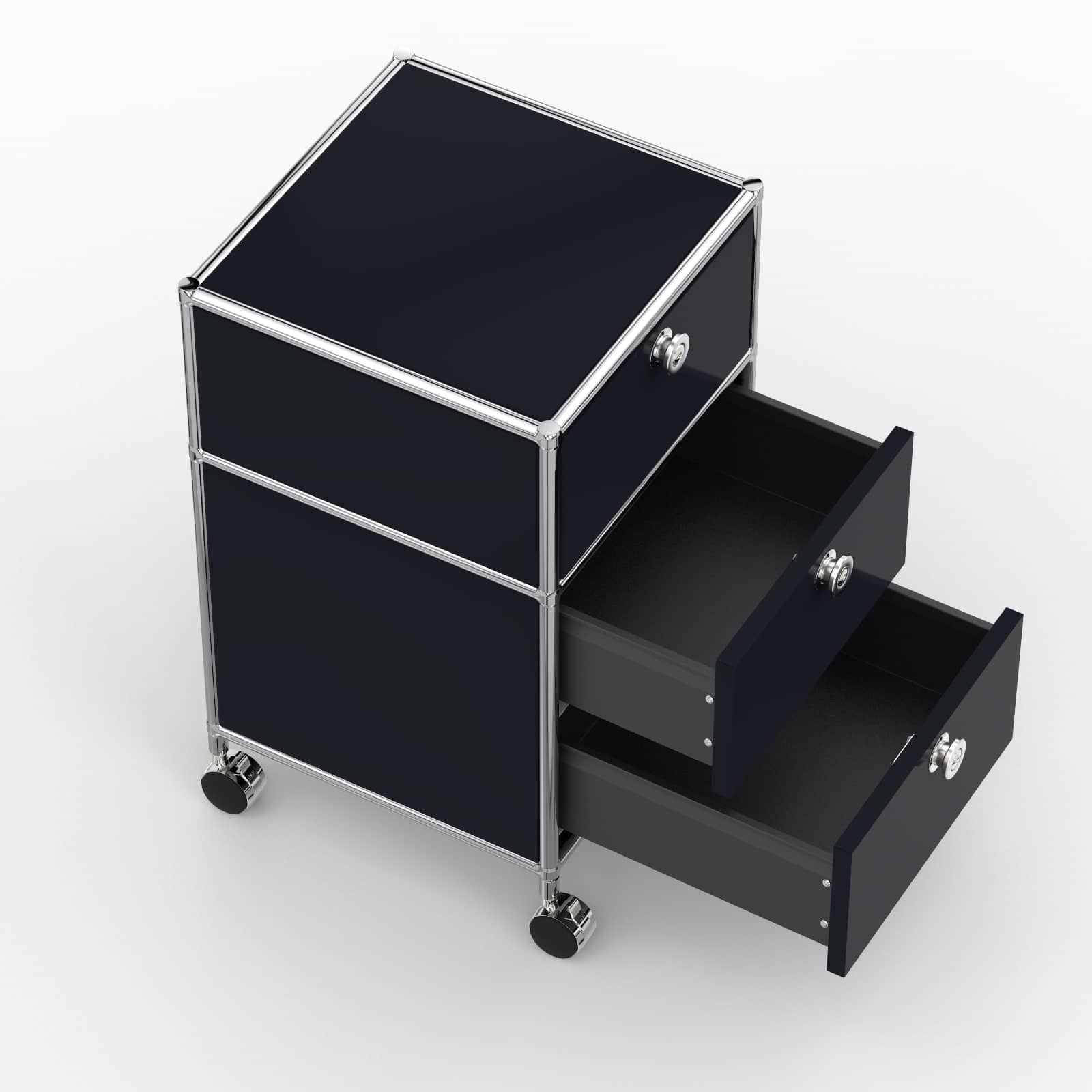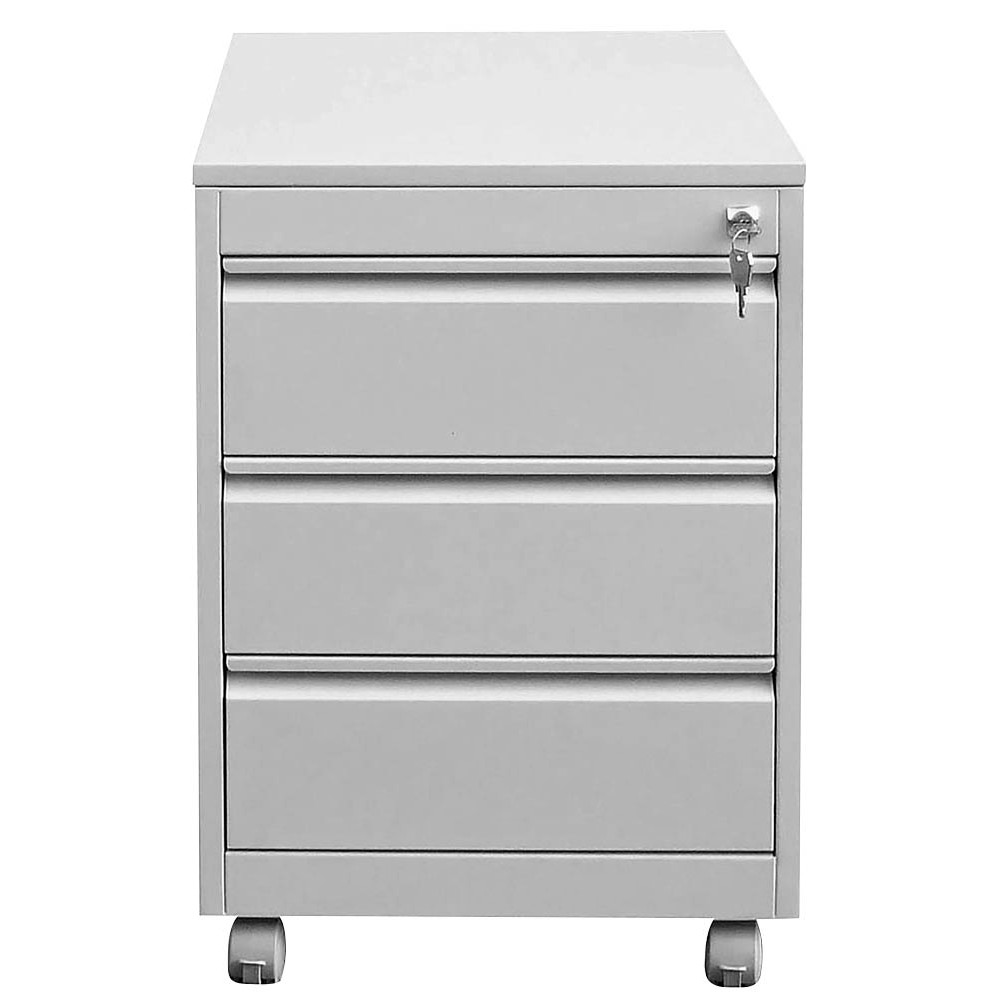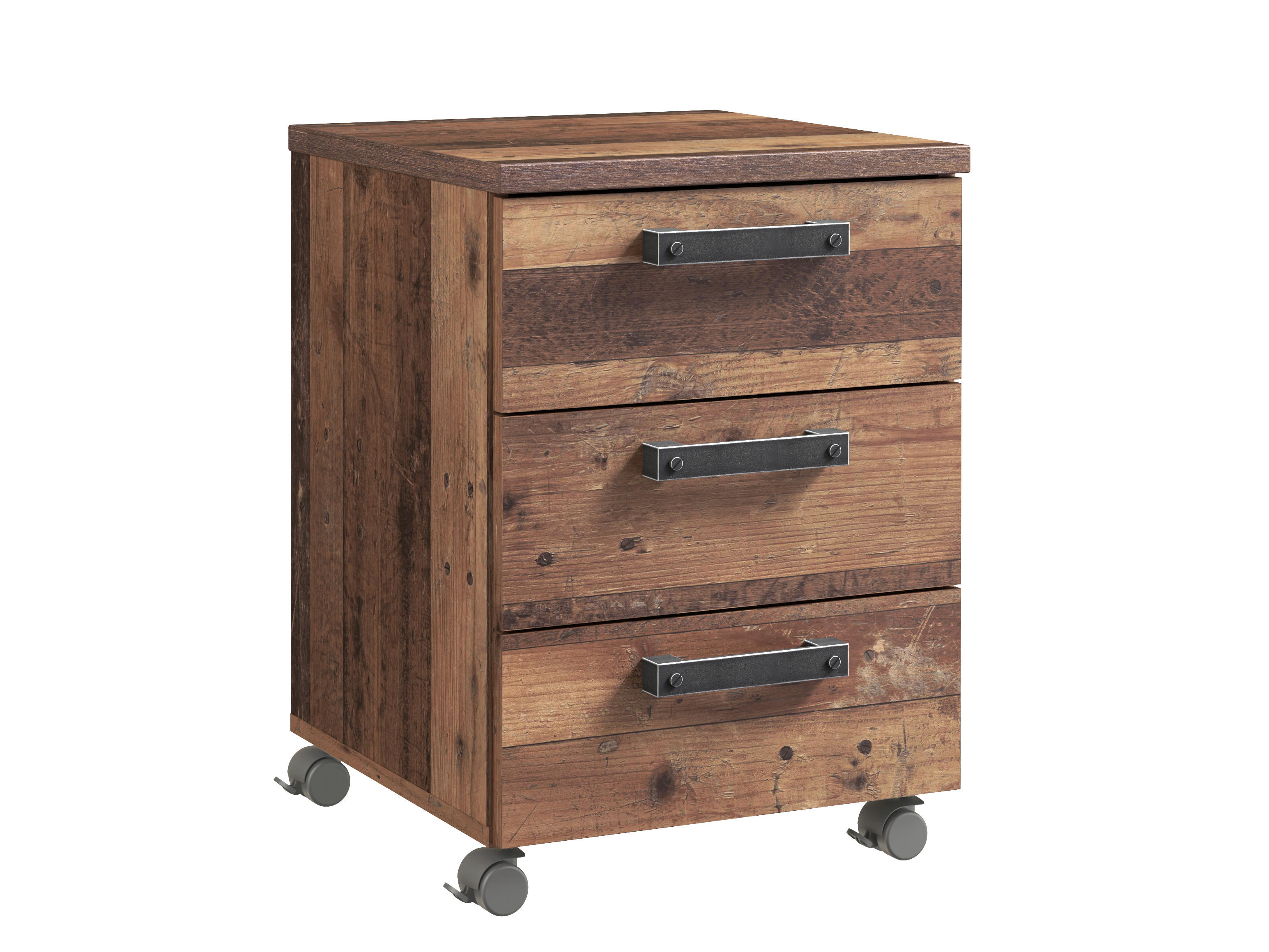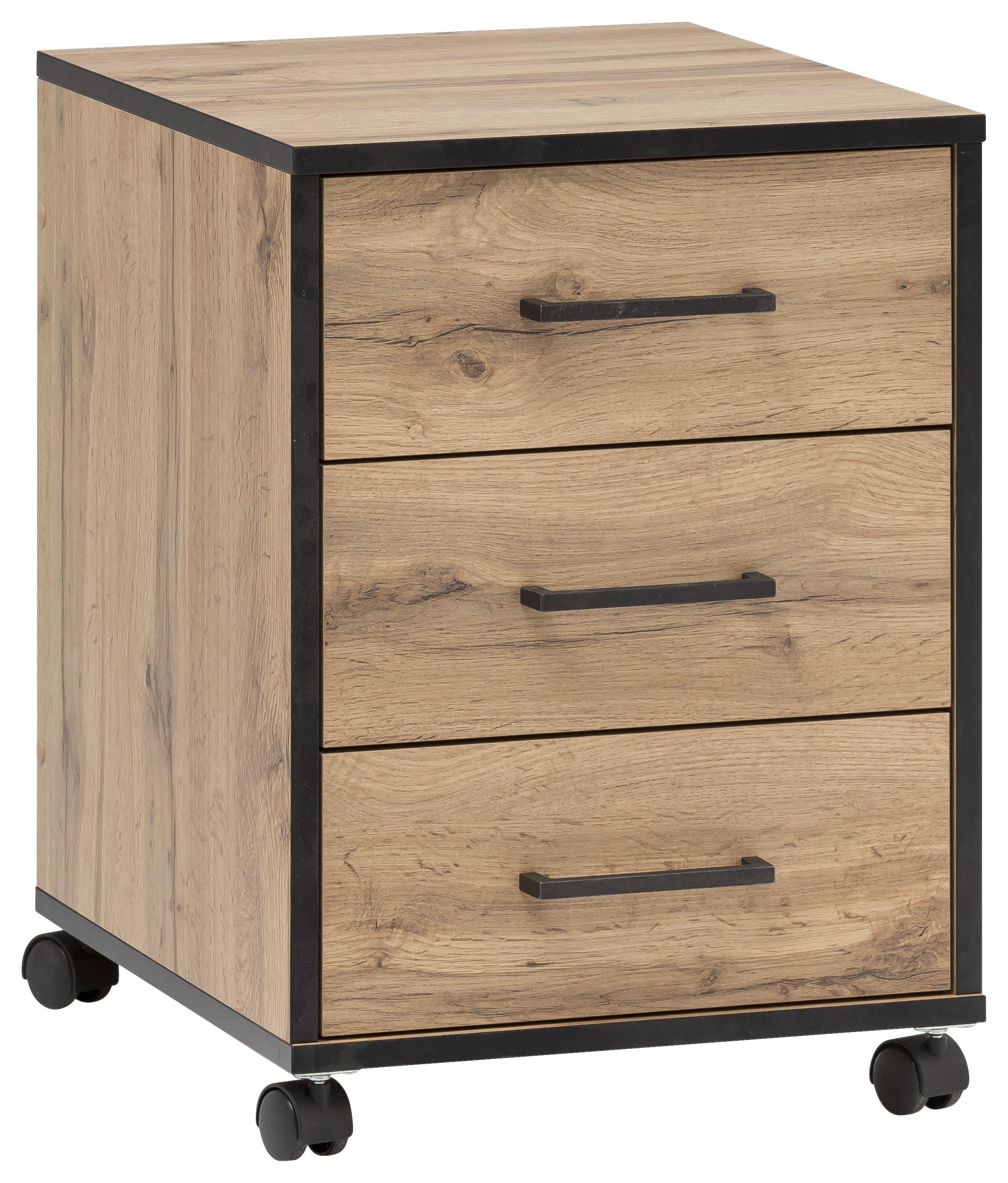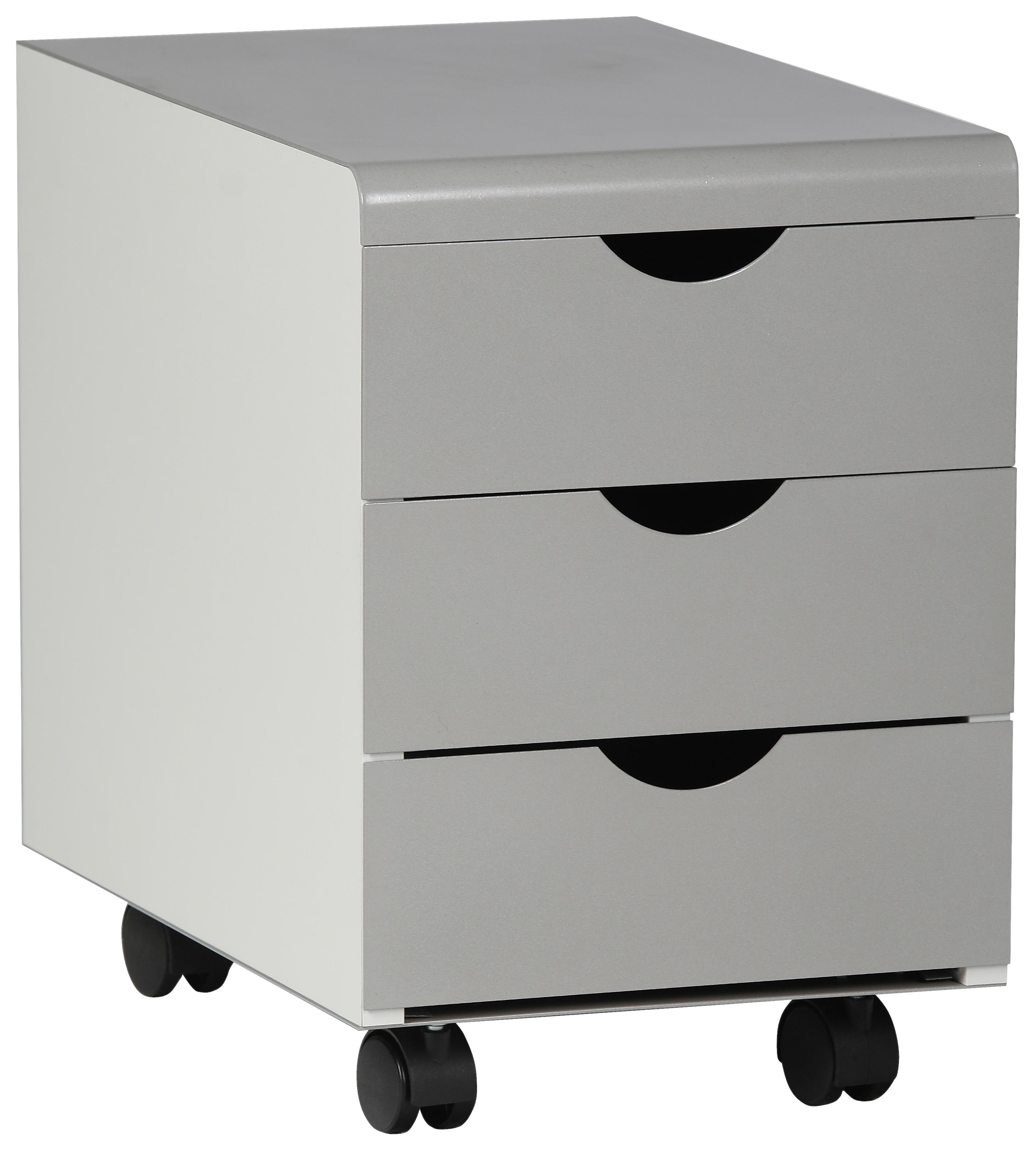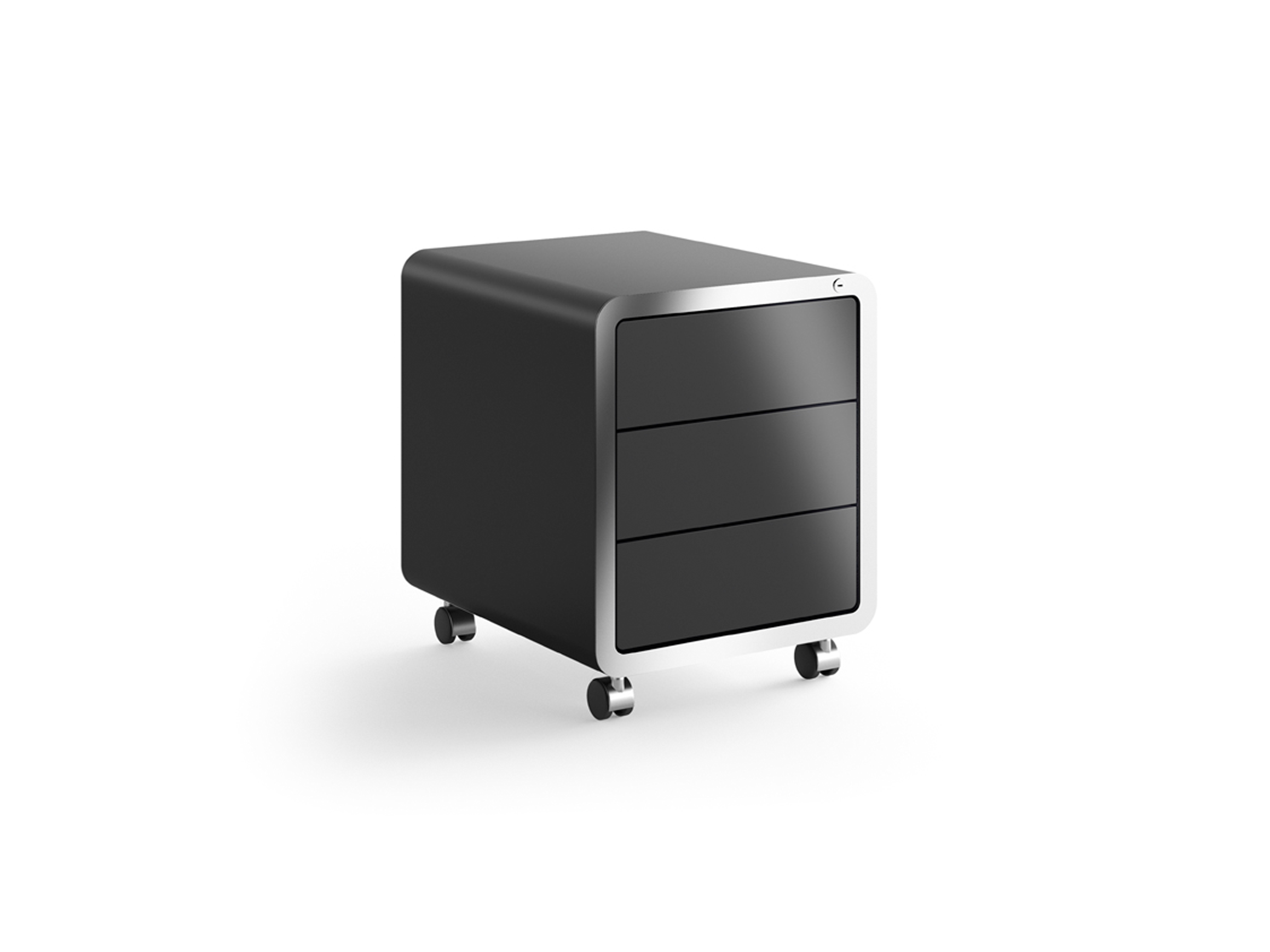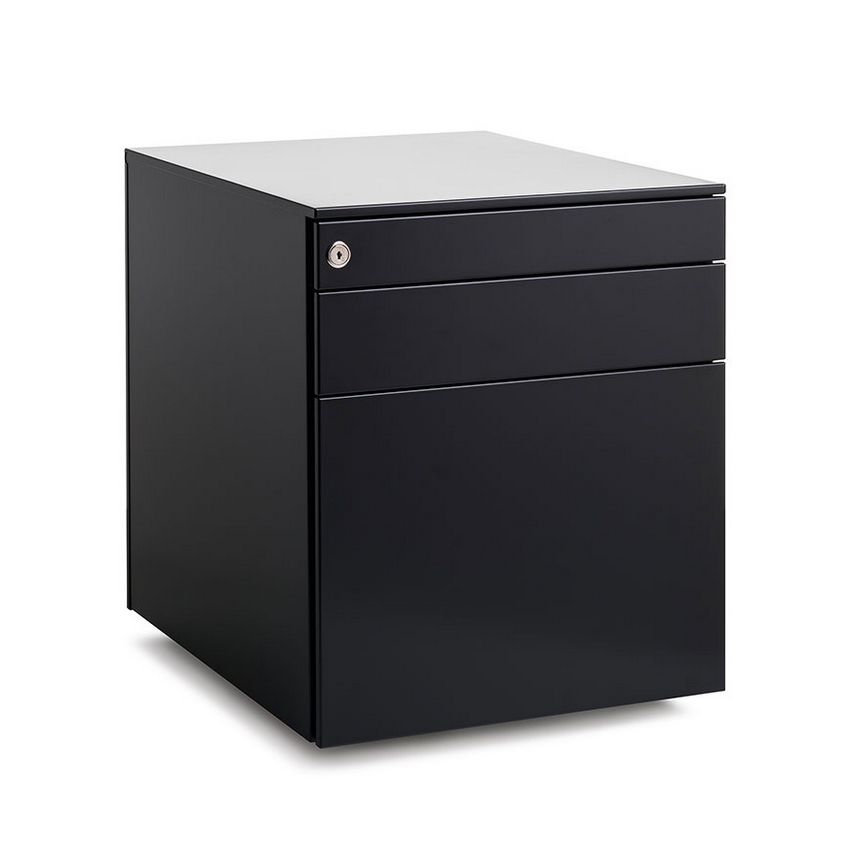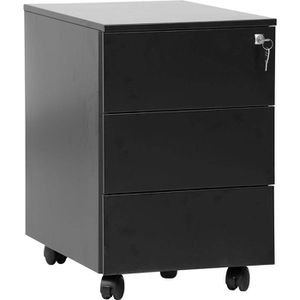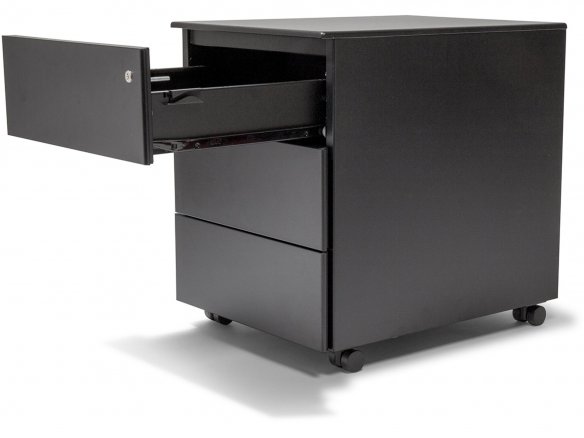
Modulor Rollcontainer Metall, abschließbar, 422 x 535 x 542 mm, 3 Schubladen, schwarz kaufen | Modulor
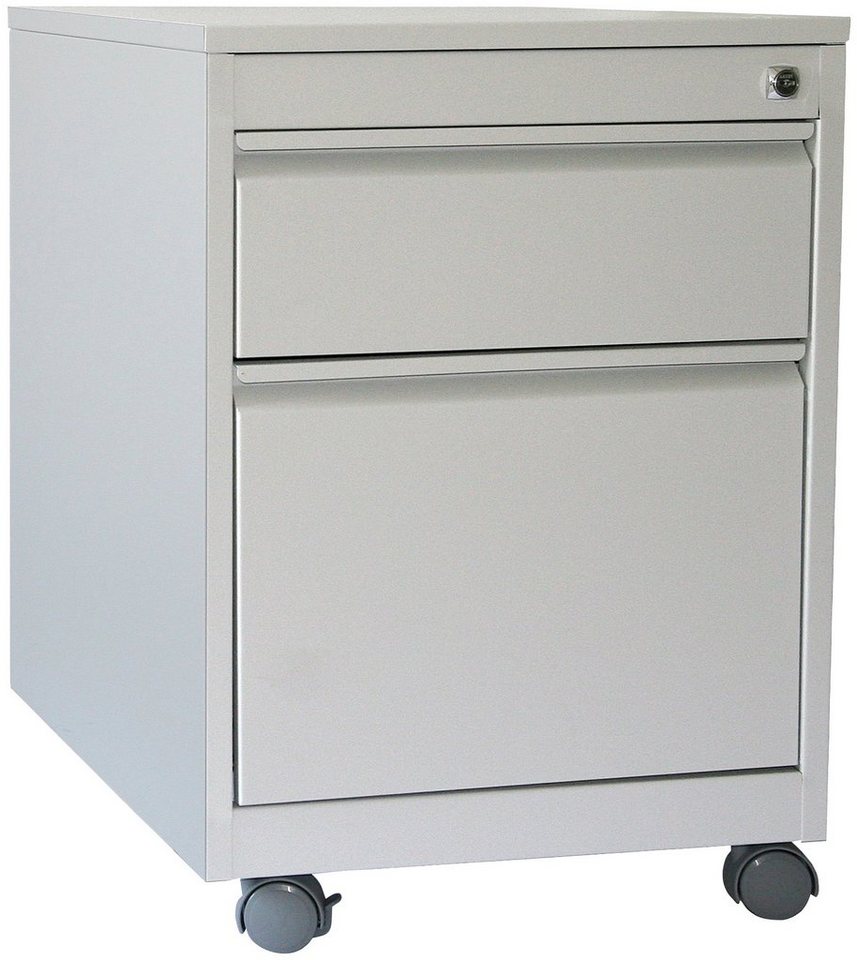
SZ METALL Rollcontainer »PROFESSIONAL«, Ein Schienensystem sorgt für den leichten Lauf der Schubladen online kaufen | OTTO

Modulor Rollcontainer aus Metall, abschließbarer Rollschrank (BxHxT: 42,2 x 53,5 x 54,2 cm) für den Schreibtisch, mit 3 Schubladen & 4 Rollen, schwarz : Amazon.de: Küche, Haushalt & Wohnen

BePureHome Schubladenschrank STUFF Hochkommode aus Metall schwarz Vintage Rollcontainer | Maison ESTO Ihr großer Möbel Online-Shop

BISLEY Rollcontainer mit 3 Schüben in anthrazit grau | Bürocontainer aus Metall abschließbar | Tischcontainer mit Rollen : Amazon.de: Küche, Haushalt & Wohnen
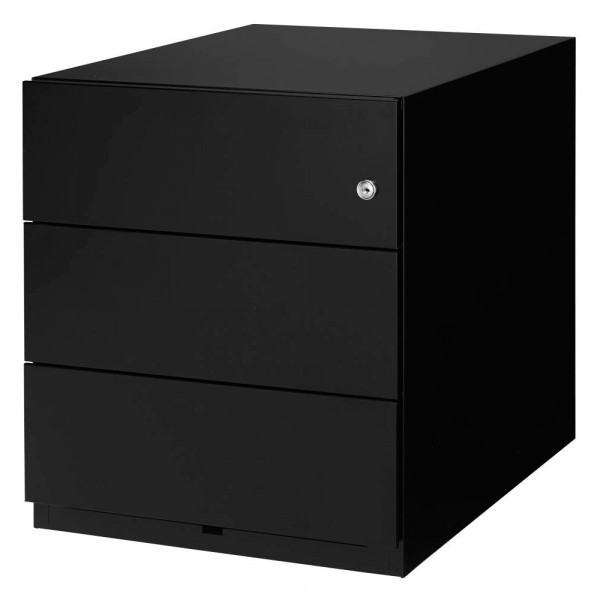
Bisley Rollcontainer Note NWA59M7SSS833 Metall schwarz, 3 normale Schubladen, abschließbar - Bürobedarf Thüringen

Rollcontainer - 1 Materialfach + 3 Schubkästen - Bosse Modul Space - schwarz | Rollcontainer | Bosse | Office-Sofort.de - Ihr günstiger Büromöbel-Shop

SZ METALL Rollcontainer »PROFESSIONAL«, Viel Stauraum in 3 abschließbaren Schubladen online kaufen | OTTO

